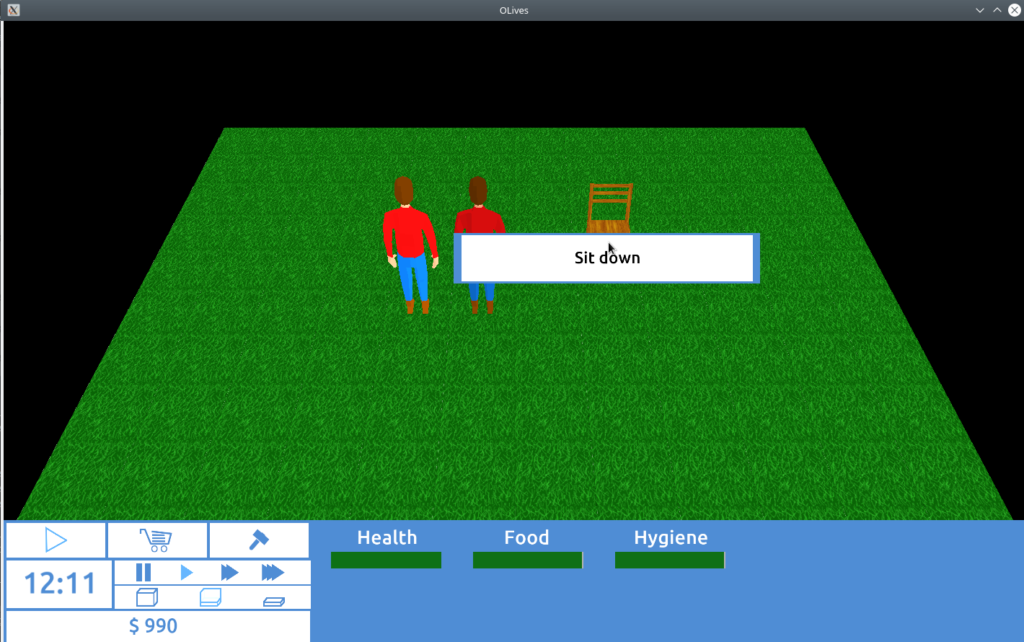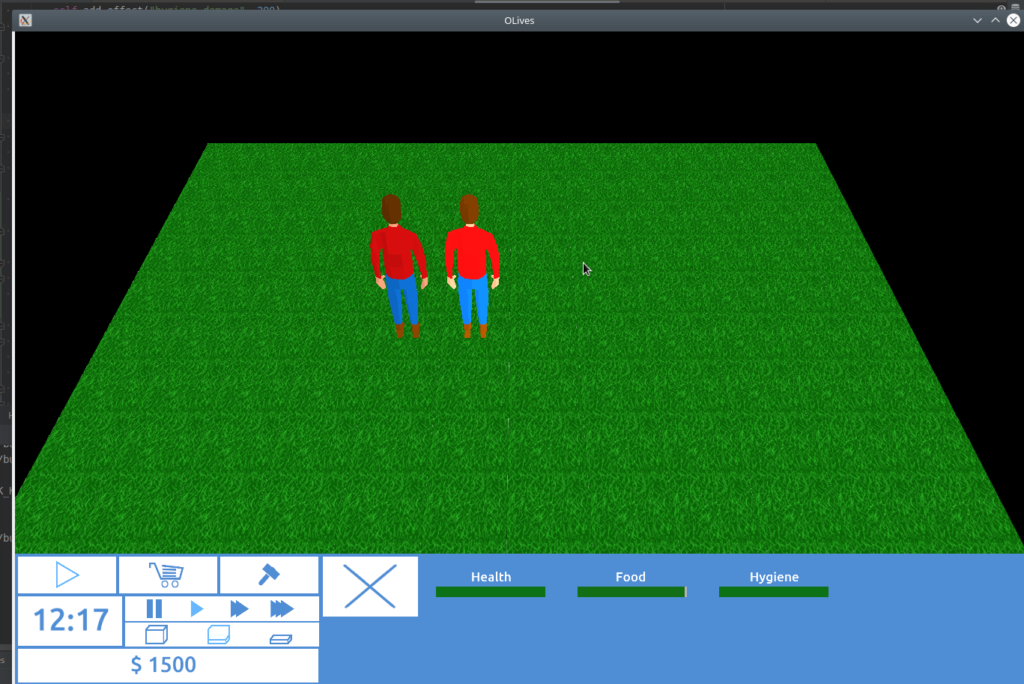– Add more boilerplate code to start object-into-object transitions, just stubs for now
– Exposed more enums and functions to Python
– Add more comments to the Python classes (and wrapper interfaces)
– Fix configuration for the bed object to make it work with the changed entry point handling
– Fix regression that was introduced for enterable 1×1 objects (looking at you, chair)
– Fixed indentation in two C++ header files
The work ever goes on! Once again nothing much to write home about, but the commit message speaks for itself I hope, until next time!


